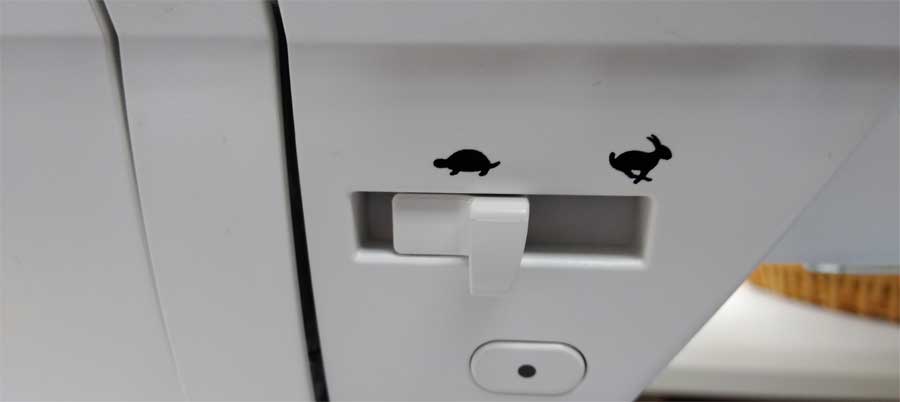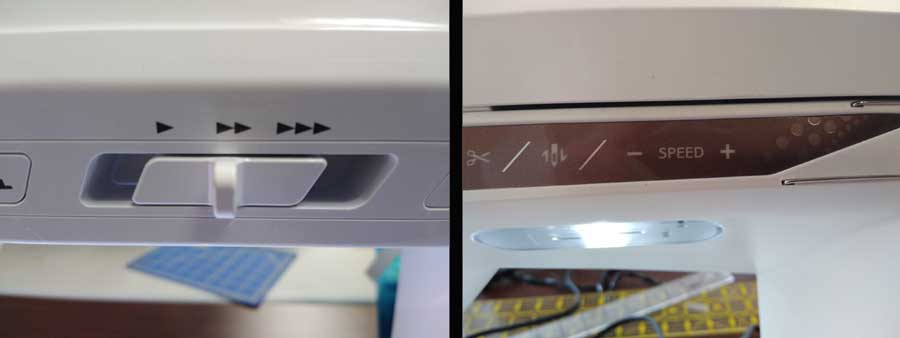Secrets of Good Fit
Making your own clothing is fun, but making your own pattern makes it much more fun! Why make your own sewing patterns? For the same reason you sew — to get what you want, to be unique, to save or make money, for the fun of fit, and to get a good fit. Another good reason to learn patternmaking is to better understand and work with purchased patterns.
Patternmaking and fitting are closely related subjects. If you learn sloper drafting and patternmaking, you will greatly improve your fitting skills. There is no need to feel intimidated or overwhelmed though, patternmaking isn’t a complex skill. If you can sew without using a purchased pattern’s instruction sheet, you’re ready for patternmaking.
The complete version of this article is available on the ASG Members Only blog and requires member login.
CLICK HERE to read the full article. Not a member? Join online!





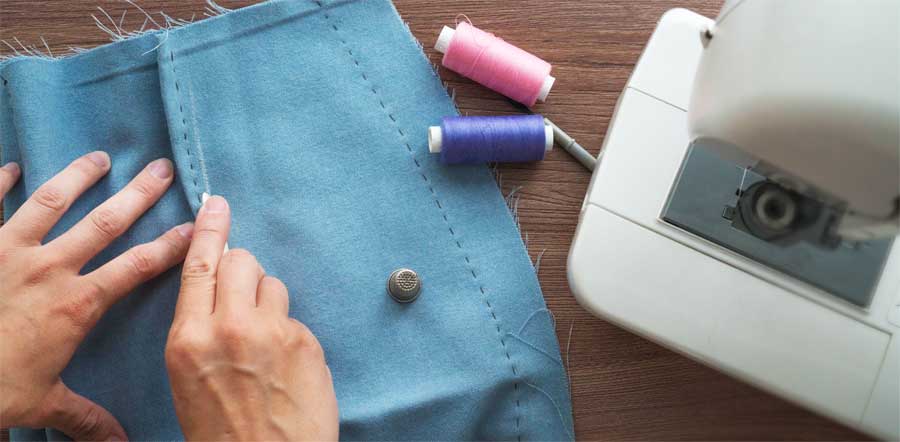
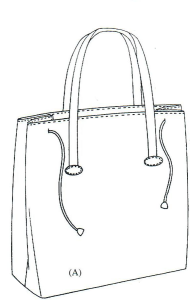
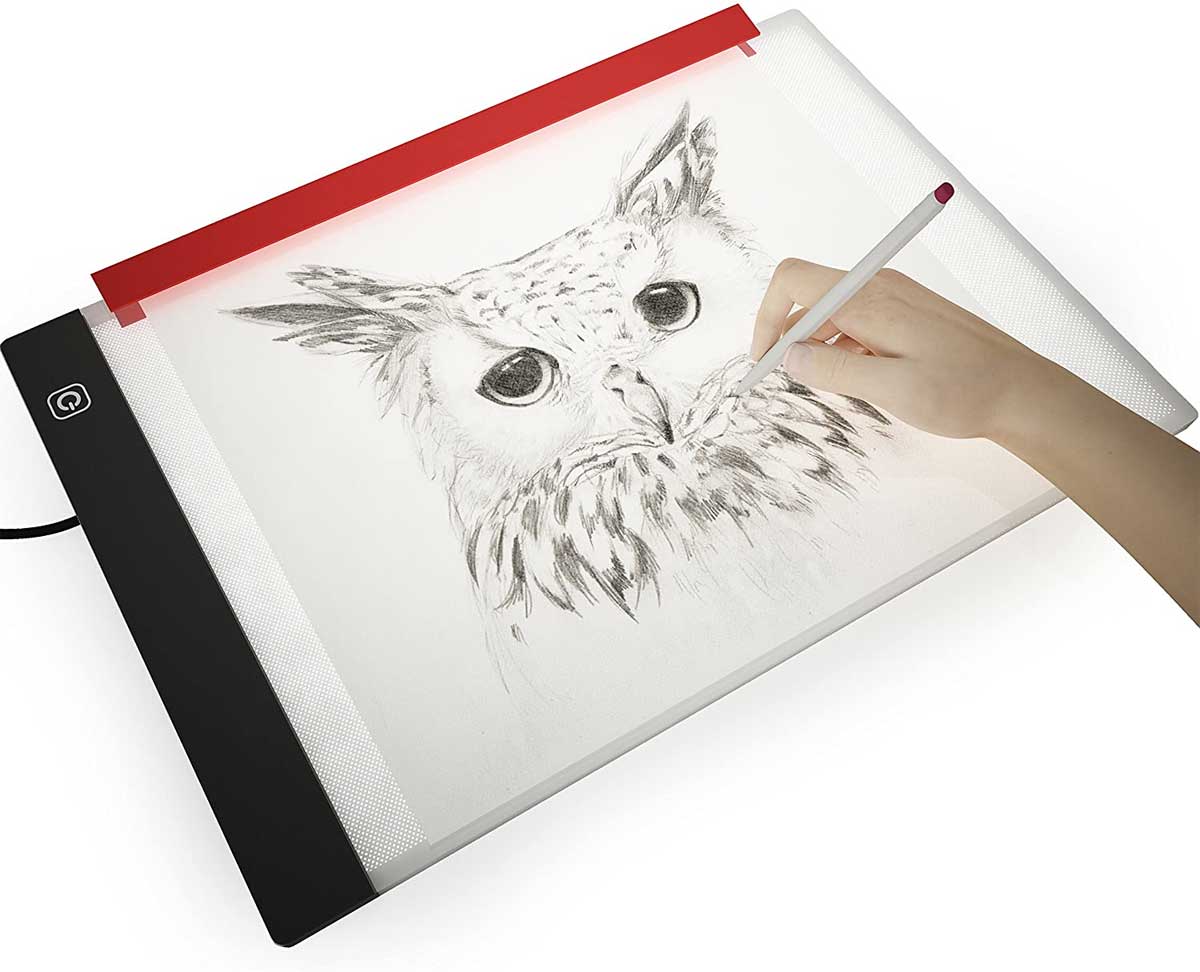
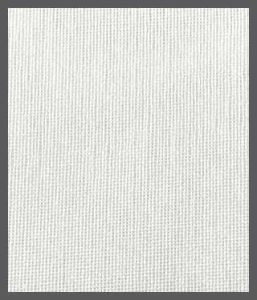
 A. When you fuse interfacing to fabric, it’s important that the entire surface is evenly covered with heat, pressure and sometimes moisture. Be sure to read the instructions that come with your brand of interfacing. It’s important to fuse one area at a time, then pick up the iron, move to the next section and overlap the first area. Each section requires holding the iron in place for the requisite amount of time for proper fusing.
A. When you fuse interfacing to fabric, it’s important that the entire surface is evenly covered with heat, pressure and sometimes moisture. Be sure to read the instructions that come with your brand of interfacing. It’s important to fuse one area at a time, then pick up the iron, move to the next section and overlap the first area. Each section requires holding the iron in place for the requisite amount of time for proper fusing.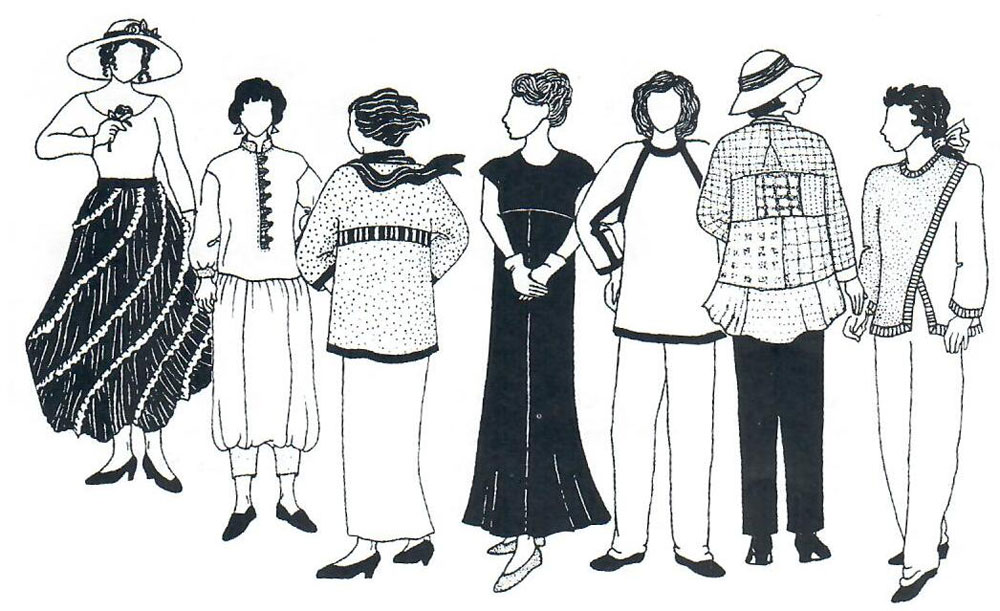
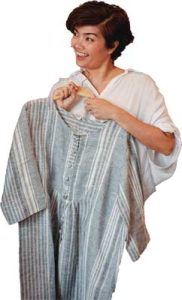 Fabric
Fabric
